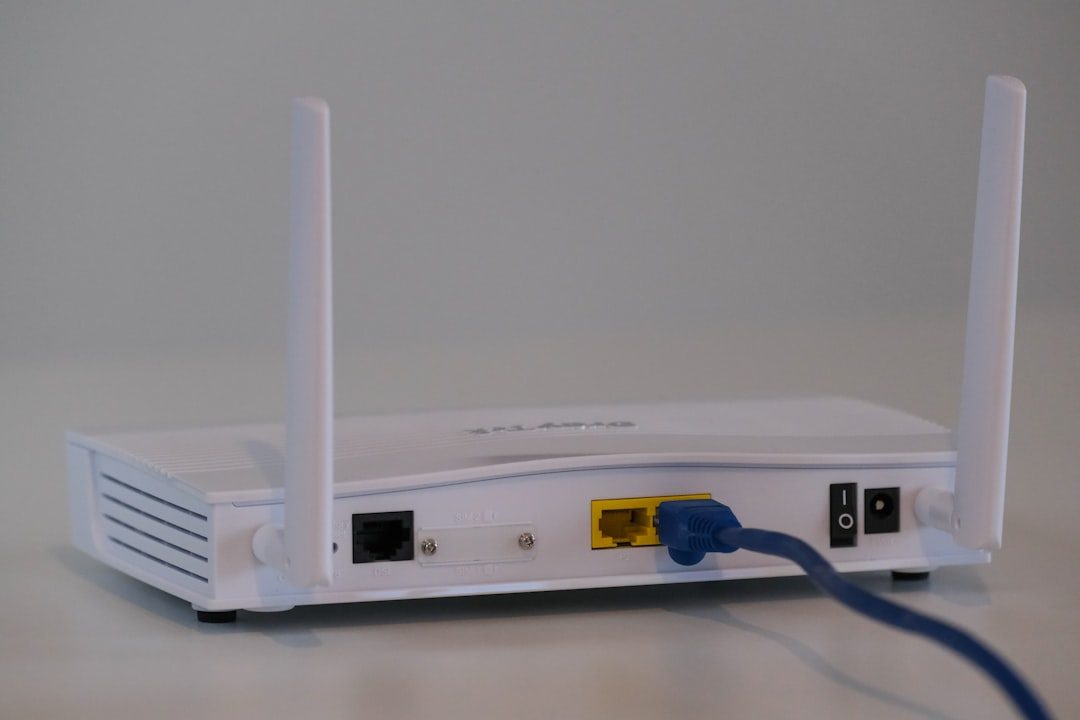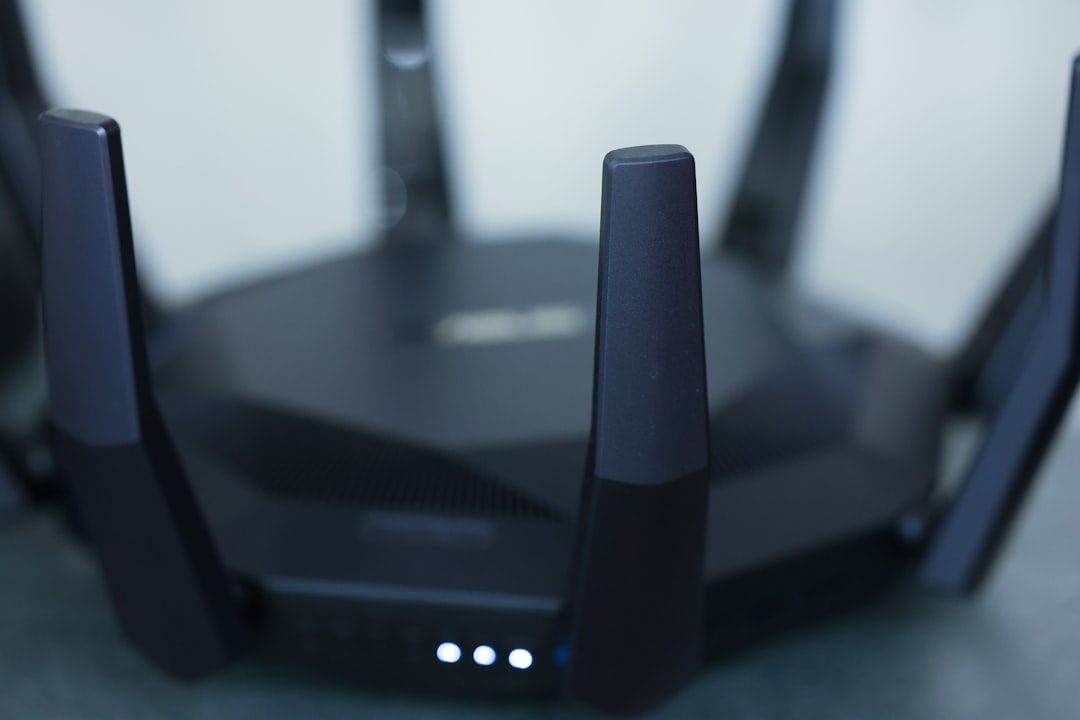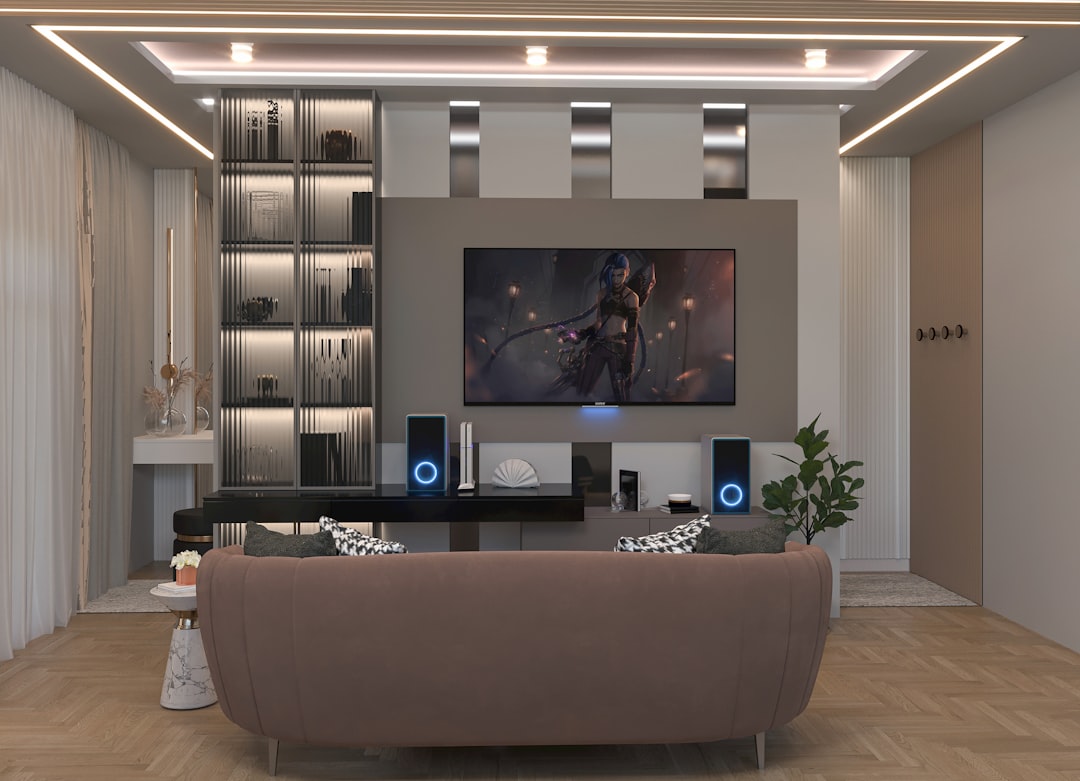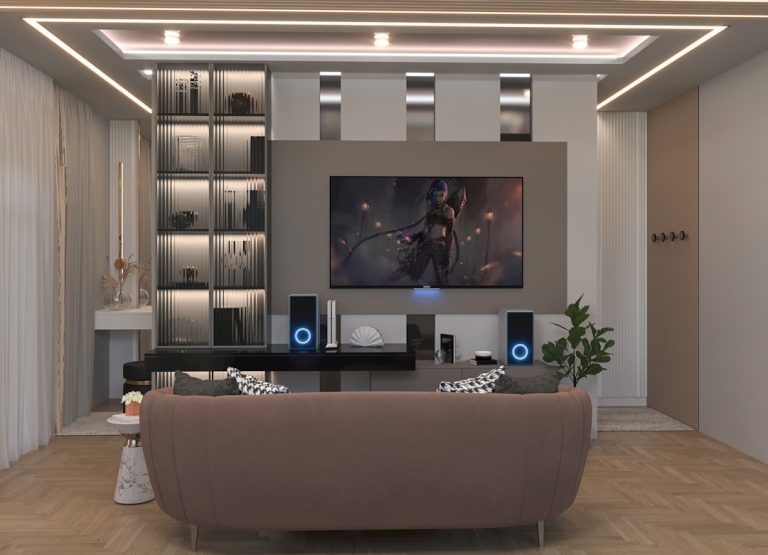In today’s interconnected world, reliable Wi-Fi is essential. From working remotely to streaming movies and managing smart home devices, a strong and stable internet connection is often taken for granted — until it fails. Surprisingly, a major factor affecting Wi-Fi performance is something most people overlook: router placement. And unfortunately, much of the conventional wisdom surrounding this topic is riddled with persistent myths that lead to avoidable connection issues. In this article, we’ll debunk some of the most common router placement myths and guide you toward strategies that will actually improve your network’s reliability and speed.
Myth 1: Put Your Router Anywhere — It Doesn’t Matter
This is perhaps the most damaging myth. The belief that your router will perform equally well wherever it’s placed often leads people to hide it in closets, corners, or behind furniture. However, Wi-Fi signals are subject to physical interference and range limitations, meaning that placement absolutely does matter. In fact, placing your router in an optimal location can significantly improve network performance across your home or office.
Truth: You should place your router in a central, elevated, and open location. Routers broadcast signals in a spherical pattern, so pushing them up against a wall, behind dense furniture, or in a closed cabinet reduces their effectiveness drastically.

Myth 2: Higher Frequency Always Means Better Performance
Many modern routers operate on dual-band frequencies: 2.4 GHz and 5 GHz. The 5 GHz band is often touted as the superior option due to its higher data transmission capabilities. This leads some users to believe they should always use the 5 GHz band exclusively.
Truth: Although 5 GHz offers faster data speeds and less interference, it also has a shorter range and is more susceptible to obstacles such as walls and floors. On the other hand, the 2.4 GHz band may be slower, but it penetrates barriers more effectively and covers greater distances.
Best Practice: Use 5 GHz for devices near the router that require high speed, like gaming consoles or streaming devices, and 2.4 GHz for devices farther away or in areas with many walls.
Myth 3: The Antennas Don’t Matter
Another frequent myth is that the orientation and shape of router antennas don’t affect performance. People often think that once a router is powered on, it’ll simply “do its thing,” regardless of how the antennas are positioned.
Truth: The placement and angle of each antenna significantly influences the direction and coverage pattern of the Wi-Fi signal.
Here are some general antenna positioning tips:
- Vertical antennas tend to provide horizontal coverage, such as across the floors of a home.
- Horizontal antennas can help extend coverage vertically, ideal for multistory homes.
- For routers with dual antennas, try placing one vertically and the other horizontally for the best multidirectional coverage.
It’s also worth noting that some modern routers have internal antennas, in which case their placement within the home becomes even more critical.
Myth 4: More Antennas Automatically Mean Better Coverage
A common marketing gimmick is promoting routers with several external antennas as being inherently superior, regardless of how they’re used.
Truth: While more antennas can enhance performance through technologies like MIMO (Multiple Input Multiple Output), simply having more antennas doesn’t guarantee improved coverage. The real boost comes from configuration, signal strength, and compatibility with the devices you’re connecting to the router.
Always consider whether your devices support the same tech features (like beamforming or MU-MIMO) that your router offers before assuming more antennas equate to better Wi-Fi.
Myth 5: It’s Fine to Place the Router Near Other Electronics
Many people situate their routers next to televisions, gaming consoles, or even microwave ovens without realizing they might be introducing interference.
Truth: Wi-Fi signals can be disrupted by electromagnetic interference from nearby electronic devices. Microwaves, cordless phones, Bluetooth devices, and even baby monitors can interfere with your router’s signal, particularly on the 2.4 GHz band.
To ensure cleaner signals and better reliability, place your router away from large electronic appliances and devices that emit signal interference.

Myth 6: Brick and Concrete Walls Don’t Block Signals
There’s a mistaken belief that Wi-Fi signals are strong enough to pass through any type of wall or barrier. This myth often leads to people putting their routers in the basement or behind thick physical obstructions under the assumption that the signal will broadcast through the house regardless.
Truth: Dense materials such as concrete, brick, and metal can significantly reduce Wi-Fi signal strength. The more such materials the signal has to pass through, the weaker it gets by the time it reaches your devices.
When choosing a router location, try to keep a line-of-sight to your most-used devices, recognize the materials between floors, and avoid dense physical barriers.
Myth 7: Range Extenders Solve All Coverage Problems
Wi-Fi range extenders are often purchased with high hopes — and valid marketing claims. Many assume that adding these devices will automatically resolve weak signal zones in their homes or offices.
Truth: While range extenders can help in certain scenarios, they are not a silver bullet solution. Poor placement and improper configuration can lead to slower speeds and increased latency. Additionally, many extenders create a separate network (SSID), requiring manual reconnection by users.
Better alternatives include:
- Mesh Wi-Fi systems, which integrate extenders into a seamless network with unified SSIDs and self-optimizing signals.
- Upgrading your existing router to a higher-performance model designed for larger coverage areas.
Myth 8: Once It’s Set, Forget It
Set-it-and-forget-it is a common approach not only to routers but also to home networking overall. Once the box is plugged in and Wi-Fi is available, many people never think about it again — until there’s a problem.
Truth: Like any piece of technology, routers need occasional attention. Firmware updates, optimal placement changes due to furniture rearrangement, and evaluating new devices connected to the network should be part of routine checks.
Keep your system up-to-date and periodically use apps or tools to check signal coverage and speed distribution across different areas of your home.
Conclusion: Strategic Placement Makes a Difference
Understanding router placement is no longer optional — it’s necessary for optimizing performance in homes filled with wireless devices. Ignoring the truth in favor of these myths can leave you with poor signal, lagging connections, and unnecessary frustration.
Here’s a quick summary of the key router placement truths:
- Place your router in a central, elevated, and open location.
- Use the appropriate frequency band depending on the device’s location and data needs.
- Orient antennas strategically for maximum coverage.
- Keep the router away from electronic and structural interference.
- Consider mesh systems or upgrades over relying on basic extenders.

By steering clear of these common myths and following data-backed best practices, you can unlock the full potential of your internet connection — turning a frustrating experience into a seamless and efficient one.




